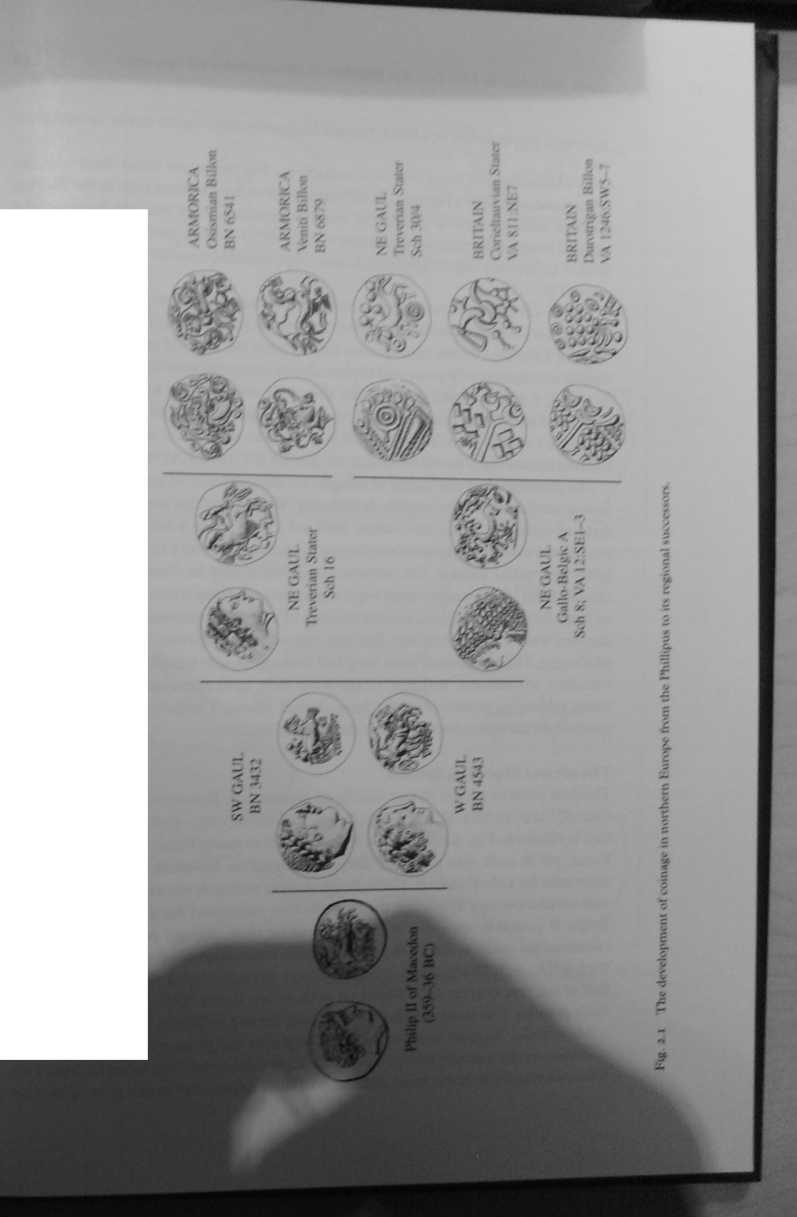31097 S5004013

nd ptncer in Lott Iron Agt Britain
e horse in the Middk 53; Parfht 1995^ wh«t 'n atu.
■ptions from the Ińk orscmcat is only rato, •rnes from propitisto) .'c» at Danebuiy (cpl, noted that the propa-is animal were akead} • it ineremsed in tigni/;-*rted by their comuata, >asis of their ncw*ioub r established, would be and leadership thst da
;tion, is that an image ol ious metal and widdi
othcrwisc cxccptioruil burial, in the souih-east, ot a com;
Lace Iron Agc inhumjuon cemctcry at Mil! Hill, Dcal (Cii the animal was laid out on cxacily the same orientation as In many wayt the evidcnce happily fits with the di vcraacular literaturę, where horse and human are linked ■ on very spccific occasions. Howcver much of this evidci rites conducted in the Middle Iron Agc. In the LiA fin,. fcwer propiiiaiory rites were conducted, though it shoui bon of horse bones then actually ineremsed. It is almost a ritualły import ant, but for sorne reason vobve acts relatu> cance. Could it be that we have our new leadera herc, u< appropriadng pre-existing rites to validatc the cosmologi* power? Such a strategy, as new structures of authority •-enbreły appropriate. It is from a fusion of propitiatory nttJ classical pcrceprion of ‘sacra! Idngship’ may have cmerged One finał piece ofevidencewhichleadsus on to the next i
dra man. horse duality was stamped on to pieces of pr|_
distributed in Britain in the latc second carly first cen tury, just when all these oda changes were taking place. This, of course, was the development of coinage. Vnail} evcrywhere throughout northem Europę coins appeared in a variety of styles. ba almost all of them had in conunon a horse on one side and a face on the other. TIusbk consistent that tt is as ifthis duality had some deep-rooted significance. I would tuggE?. that the man/horse image on prestige 1 umps of metal was a deliberately conccmt symbol, enshrining the concept of the right to nile, or morę plainły the conceptofucb Idngship. It is thereforc to the arrival of coinage that we must now tum.
The origin of com in northem Europę
The wnagp on tbe majority of coins from north-west Europę derived from the pk staters of Philip II of Macedon (359-336 BC), dcpicting the head of Apollo 00 At obverse and a two-horse charioc on the reverse. This prototype may seem a pecofar progenitor for northem Europcan coinage, but h is generally believed that the wuę bccame famiKar when ‘cehic’ mercenaries were drafted in by the Greek worid around the time of Philip II and his succesaor Alexander the Great (336-323 BC) k a presuzned they were paid in coin, though onły a fow of the origmals have acnaĄ becn found in central or northem Europę. Nonetheless, this was the image copieć when pcopłc along the upper Danubc, the upper Rhine and in northem Gad dccided to mim their own coin.

W#orijta^hrwotypc Ist and 2nd gcnenlion copies Latcr rejuonał dońvativ«s (many inłrrmcdiatr fligrs missrd om)

Wyszukiwarka
Podobne podstrony:
52457 S5004012 Coins aml power in Late Iron Age Britain H genders of the pardcipants are reversed fr
S5004023 Coins and power in Lata Iron Age Britain 40 to have been taken over the colour of the early
S5004027 Coins and power in Late Iron Age BritainThe various stages of t rance imagery Coins and pow
S5004028 PCoins and pcwer in Lare Iron Age Britain Fik
więcej podobnych podstron